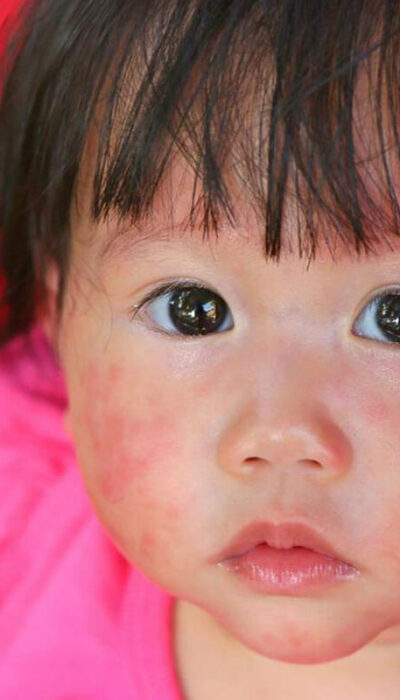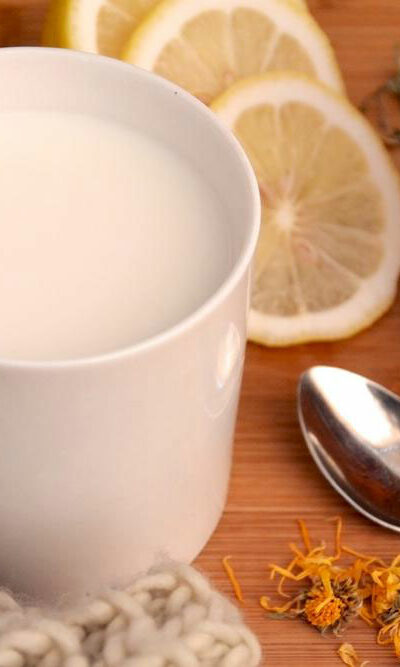
6 foods to effectively manage migraines
Migraines are a chronic form of headaches, which are caused by several environmental, physiological, and psychological factors. With close to 1 billion cases worldwide, nearly 40 million people in our country suffer from this condition. While there are medications that provide relief from migraine symptoms, regularly consuming certain foods can also help manage the same. Here is a list of some of the top food items that can help you keep the pain in check. Caffeine While having excess caffeine can aggravate migraines, caffeine is one of those foods that can help get rid of a headache or migraine attacks naturally. Beverages such as tea and coffee contain caffeine, which, when consumed with specific over-the-counter medications, can help relieve a headache. Bananas Bananas are not only a great source of energy, but the magnesium present in the fruit can help treat migraines and headaches effectively. Apart from this, bananas have more than 70 percent water. They, thus, help in improving the body’s hydration levels, providing further relief from headaches. Watermelon Dehydration is one of the primary risk factors for headaches and migraines. Watermelons contain more than 90 percent water. So, a couple of slices of this fruit can provide relief from the condition. Apart from this, the natural sugars present in the fruit can also replenish the energy levels of the body. Seeds and nuts Magnesium is one of the key nutrients that can provide relief from aches and pains. Seeds such as flaxseeds, sprouted pumpkin seeds, and chia seeds are rich in magnesium, and a handful of them can help effectively manage migraines and headaches. Additionally, walnuts and cashews are magnesium-rich too and can be used to control the flare of symptoms. Peppermint It is yet another one of those foods that can help get rid of a headache or migraine attack naturally.










